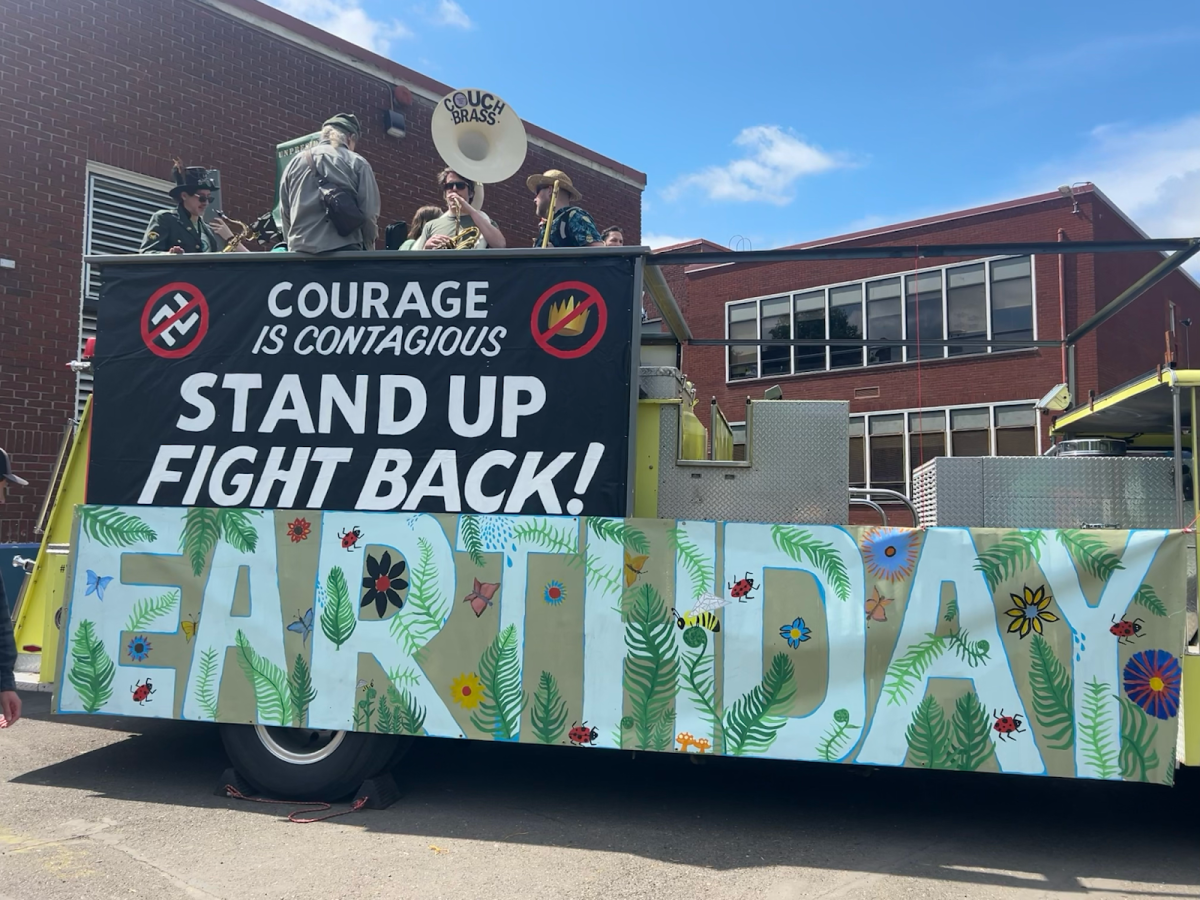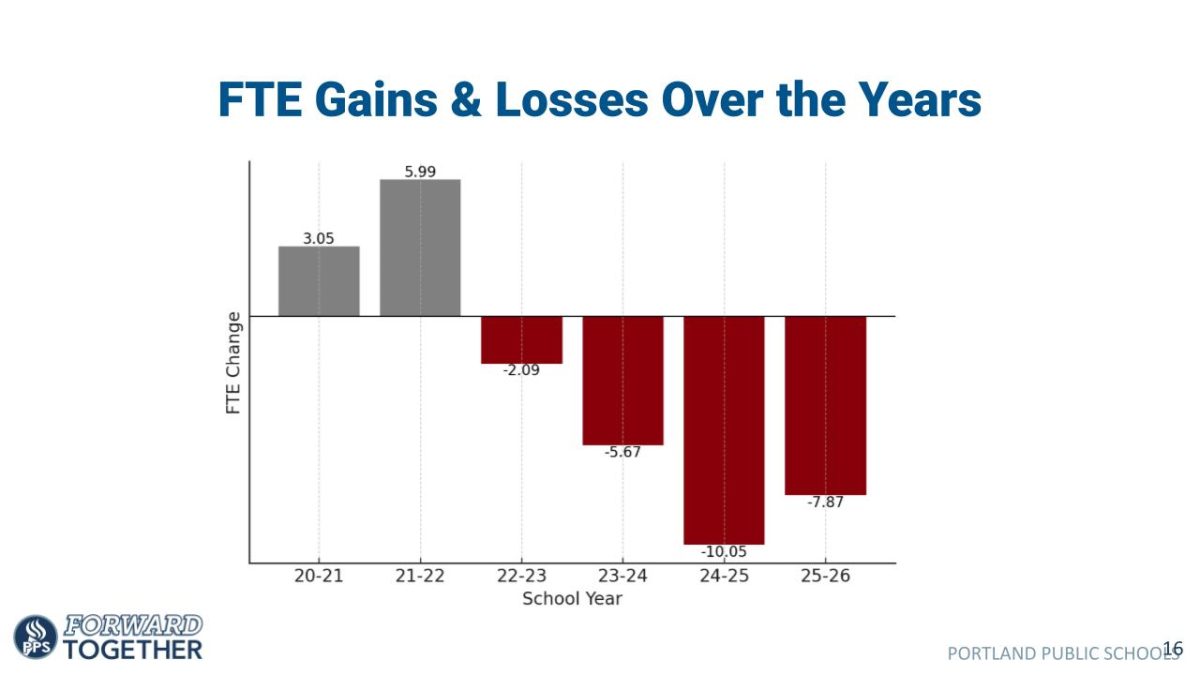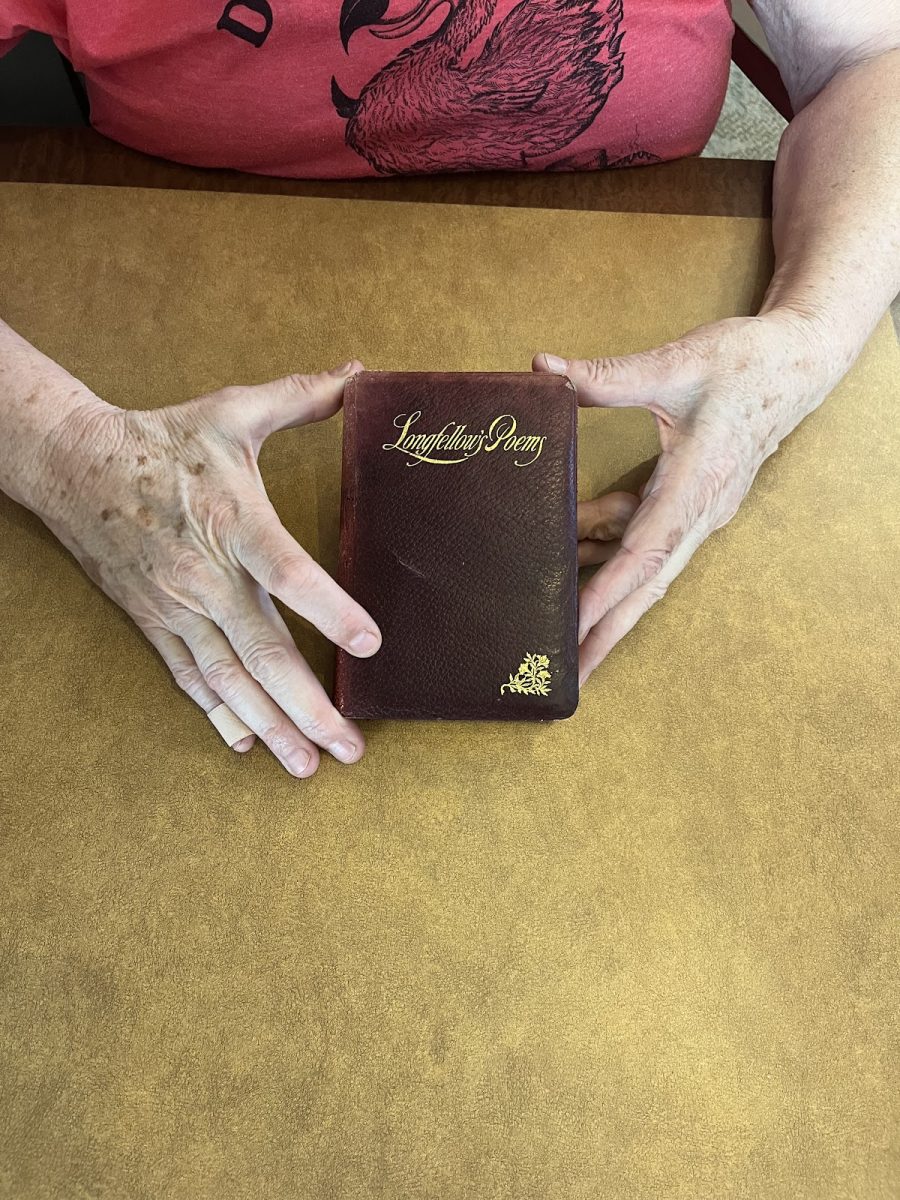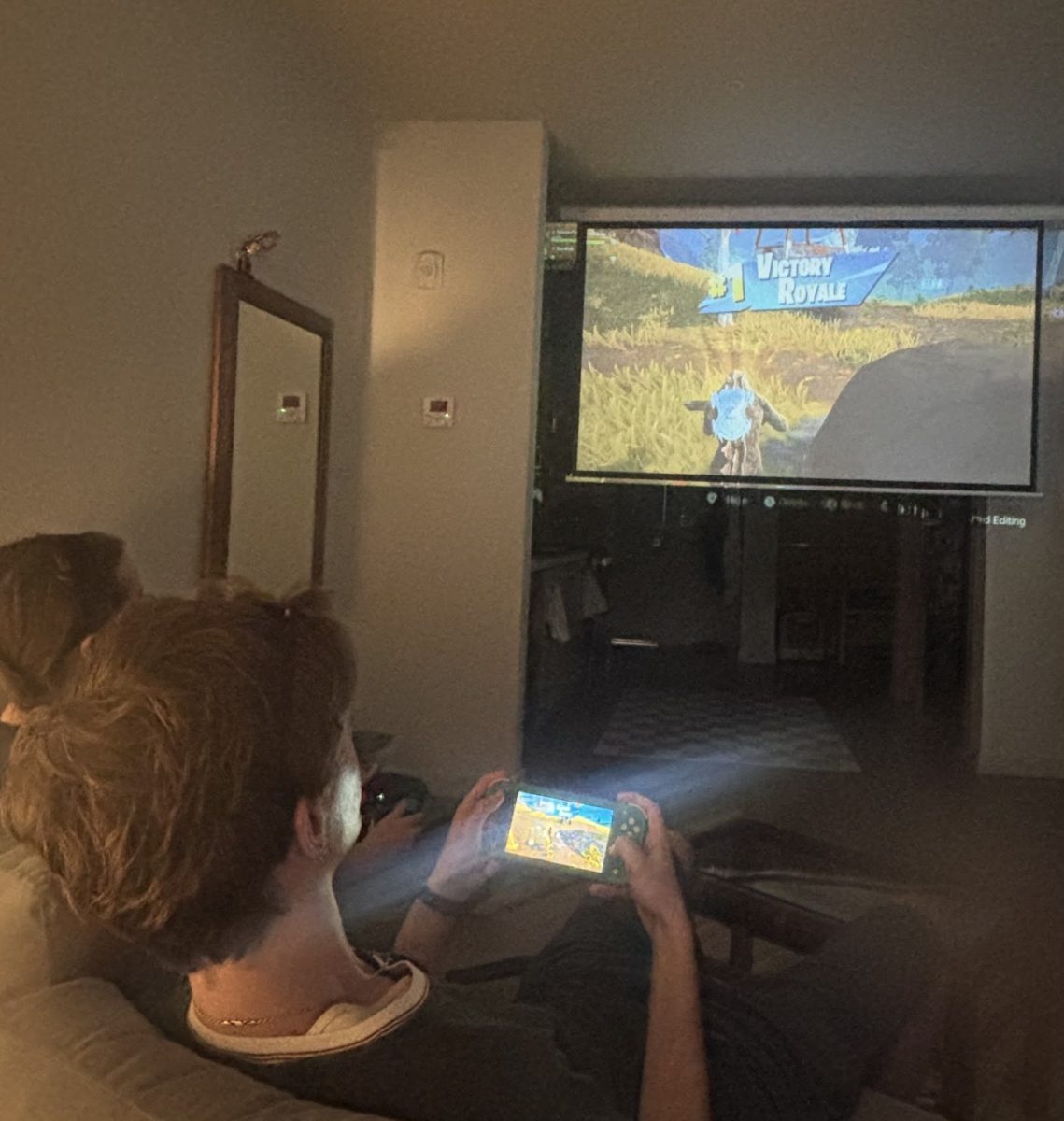
If you have logged into social media in the past five years, you have most likely seen a trigger warning. Maybe it was a verbal cue before a graphic video, or a caption followed by dozens of exclamation points, perhaps it was even a joke, mocking our “overly sensitive society,” easy to roll your eyes at and keep scrolling past. Or maybe like me, you have used trigger warnings on your own account, warning followers of possibly traumatic content you choose to repost, and have questioned, what message am I sending? Recently I have felt that trigger warnings are being increasingly exploited to post trauma porn, and even when they are being appropriately used, they are often not being presented in a functional way.
To understand a trigger warning, it is important to first understand what a trigger is. Franklin High School psychologist Megan Moyer defines a trigger as “a stimulus such as a smell, sound, or sight that triggers feelings of trauma.” In the context of social media, a trigger can range from a description of a suicide attempt to a video containing police brutality. Moyer elaborates that when the brain recognizes a traumatic memory it can lead to a fight, flight, or freeze reaction, putting your physical body into alarm mode and potentially leading to consequences like a panic attack. In other words, viewing triggering content without an adequate warning is not safe for many people.
It can be very frustrating to see faulty trigger warnings on sites like Snapchat, Instagram, and TikTok: warnings in the comment section of videos, ineffective in their purpose because viewers see them after having already interacted with the content; warnings that don’t mention what the trigger is, as if to assume all people with trauma experience the same triggers. While these poor attempts are not all the result of bad intentions, their effects remain harmful. Furthermore, after witnessing the same mistakes over and over again, it is hard not to begin to see and feel them as performative gestures rather than acts of thoughtfulness, afterthoughts in a feeble attempt to avoid seeming unaware.
This led me to the question of why the posting and reposting of trauma is so vital to the functioning of many social media platforms, and what the effect is on our collective mental health. To consider my questions about sharing trauma in a space as public as the Internet, I turned to Lizbeth Pelsue, a licensed resilience toolkit facilitator and PTSD survivor with an expertise in trauma physiology.
Pelsue’s main concern with posting traumatic content was not for the viewer but for the creator. They described a common narrative that retelling or re-watching one’s story of a trauma leads to healing, when in their lived experience as well as in their training, they have observed that the outcome is often re-living the trauma. They encouraged me to shift my gaze and frustration from individual users, to our society’s relationship with discussing trauma as a whole. Sharing details so graphic that they require a warning has become normalized to a point where we have created an entire system to protect one another from re-traumatization online. Sharing hardship is undoubtedly important, but when you have no control over who the audience is, it comes with a risk. Pelsue believes that a step toward overcoming this is to “regulate our nervous systems and regulate our experiences so we can talk about trauma in a way that reflects the gravity of our experiences without sharing graphic detail that tends to be activating to the creator as well as the viewer.”
When the purpose of posting traumatic information or images is not catharsis but rather spreading information and activism, social media is a powerful tool. Nevertheless, it is important to consider the ramifications of what is shared, particularly the effect on those that the weight of oppression already falls on. Emphasizing the importance of consent from the original source gains importance in these scenarios. For example, if someone chooses to share their story of abuse in order to protect their community from their abuser, it is vital that you only re-share it with their consent. Often reposting is a means to widen the audience, but considering context is also important. As an example of this, Pelsue points to the recent tragic discoveries of remains of residential schools in North America, and how many Indigenous leaders requested that non-Native people refrain from reposting the discoveries out of respect for Native people. Consider reflecting upon what your relation to the content you post is, and whether or not you are in a position to decide who should see it.
I left each interview for this article a little more conflicted than when I went into them. We have to think about whether the pros of posting potentially traumatic content (spreading awareness and sharing common experiences) could possibly outweigh the cons (increasing the burden of pain on already oppressed groups, and risking putting another person in an unsafe head space). So I leave you not with answers but instead with a question to consider: How can you create a truly safe space on your own account, where you prioritize your own healing, and where followers consent to how much they want to see?
If this includes using trigger warnings I urge you to format them correctly. First, be sure that it is visible before the content (buried in the comment section or even in the caption of a graphic image will not cut it). Second, in an easy to read manner, write the letters TW, followed by two slashes (//) and then write a brief description of what the possible trigger is. By writing it in this way, you ensure that viewers truly benefit from the purpose: regaining control over what they see on the Internet.
































